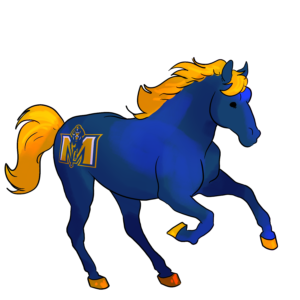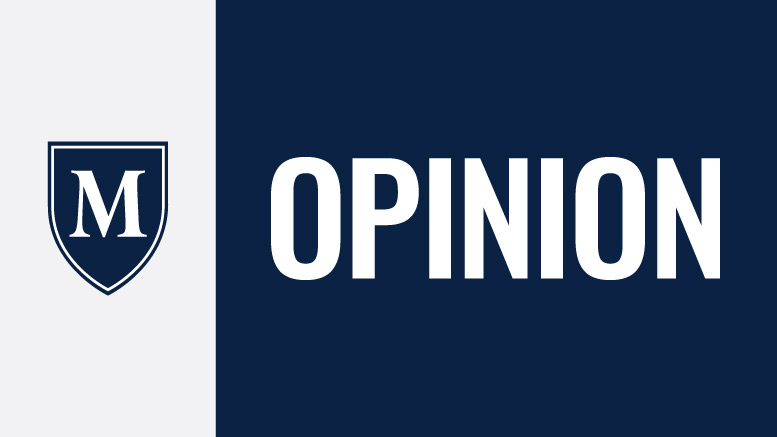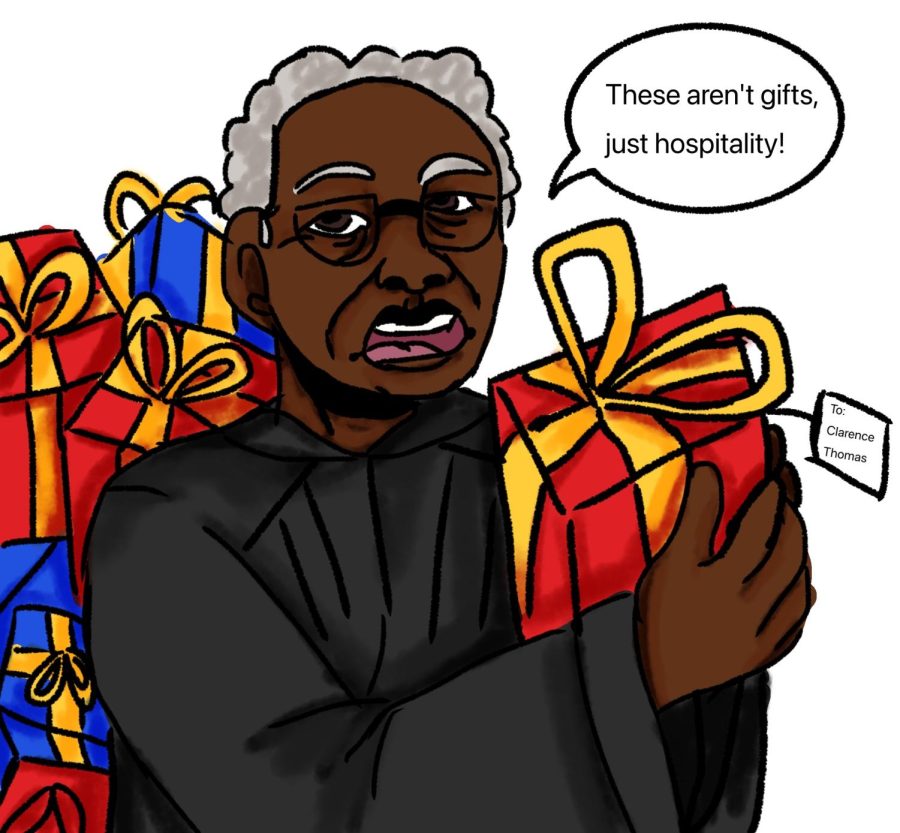The staff editorial is the majority opinion of The Murray State News Editorial Board.

Murray State has always been a second home for thousands of educators, artists and sports stars. Students arrive on campus expecting to form lasting relationships and learn from the nation’s best, and few leave disappointed. Though the facilities may change and faculty come and go, the expectation to strive for excellence both in and out of the classroom has never changed.
However, public universities are very much in flux after years of financial hardships, and Murray State has not been immune to adversity. After such a turbulent year tempered by hope and excitement, analyzing the current state of the University is key to determining its future. Critical thought and student engagement are skills gifted to the student body by its educators; to neglect these skills at a critical apex of Murray State’s history would be doing our faculty and staff a disservice.
And we really do need to show our appreciation for the educators who have built up Murray State’s reputation. Without them, the student experience would be completely different; the university is enduring a period of stagnant recruitment, so driving away prospective applicants is the worst thing that could be done.
It’s impossible to understate the importance of faculty and staff members that make our education possible. While bad apples are unavoidable, it’s clear they’ve yet to poison the bunch. How universities market themselves is growing more important each year; focusing on the achievements and effectiveness of our educators would set Murray State apart from the crowd.
The health and wellness of educators and students goes hand in hand with success. Unfortunately, the only campus healthcare source is in danger of being eliminated.
Health Services had 9,572 visits from students, staff and program attendees throughout 2015, according to the Murray State University Fact Book. This means thousands depended on the university for STI testing, tobacco cessation information and various other services; said services have slowly dwindled as funding for Health Services fell by the wayside.
The U.S. Department of Health and Human Services Healthy People 2020 initiative outlined the expectation for public universities to promote health and wellness. The elimination of a vital campus resource which does just that would be flying in the face of reason. To say the administration might possibly have blood on its hands would be a sensationalized, but not inaccurate, statement if the proposal is approved.
What the University is catching is an underserved amount of flack for its tuition and parking permit price increases. The Murray State News has been diligent in its coverage of statewide college finances. Unfortunately, attendance costs aren’t likely to decrease at any public college in Kentucky in the near (or far) future.
It’s safe to say no one likes to pay more for the exact same service; when have you seen someone rush to sign up for Netflix right after a price increase? But it is a necessary evil. The deficits in funding aren’t a boogeymonster created by the administration to scare us into paying more. State funding is the real unicorn, stuff of myth which few have seen in person in recent years.
Students have taken the relatively low prices for parking permits at Murray State for granted, but proposed changes are likely to bring these prices in line with offerings from other universities. No, we’re not receiving valet or vehicle detailing services for the increased price, but neither is anyone else. And though the parking situation on campus is not ideal, virtually all the lots are within a few minutes walk from class. Only those with disabilities have a real reason to gripe about poor parking, and the rest must accept the situation as-is until funds become available to make changes.
But the student body finds as many reasons to come together in support of each other as they do to debate.
Though the explosion at James H. Richmond Residential College happened during summer 2017, student response was far from muted. Support shown for former Murray State residential director Dakota Fields, who was inside Richmond when the gas explosion occurred, was representative of the University’s spirit rising from the ashes with renewed vigor.
When tragedy struck again in October 2017, the campus community came together once more. Aaron Adams, sophomore from Cadiz, Kentucky, and Brooke Phillips, freshman from Slaughters, Kentucky, passed away after a pair of deadly car crashes claimed the lives of several people. It was a time reserved for mourning, but hope for better days brought students together.
Ultimately, the future of the University is largely dependent on its leadership. Murray State President Bob Davies is known for his charismatic campus presence and general likeability, but lack of transparency has dimmed his luster.
A proposal for a significant increase in his wife’s travel budget was kept largely off the radar, though it was eventually retracted. Cindy Davies is not a University employee, so the fact that it was proposed at a time when students are being asked to fork over more money is questionable to say the least.
Murray State will endure, but in what form is the question. The business of running a university is just that, a business. And at a time when our business is in the red and prices are going up, our motto of “Opportunity Afforded” is perhaps becoming outdated.
Competing universities such as Western Kentucky University and University of Kentucky arguably offer more student opportunities. As funding decreases, so does the tuition gap between Kentucky’s public universities. The value of the Murray State experience is shifting, and it will take the whole of the community to figure out where it lies.
At the end of the day, no one can predict the future. But it’s up to us – students, faculty, staff and administration – to mold Murray State into a competitive university which builds upon its tradition of excellence.




























































































